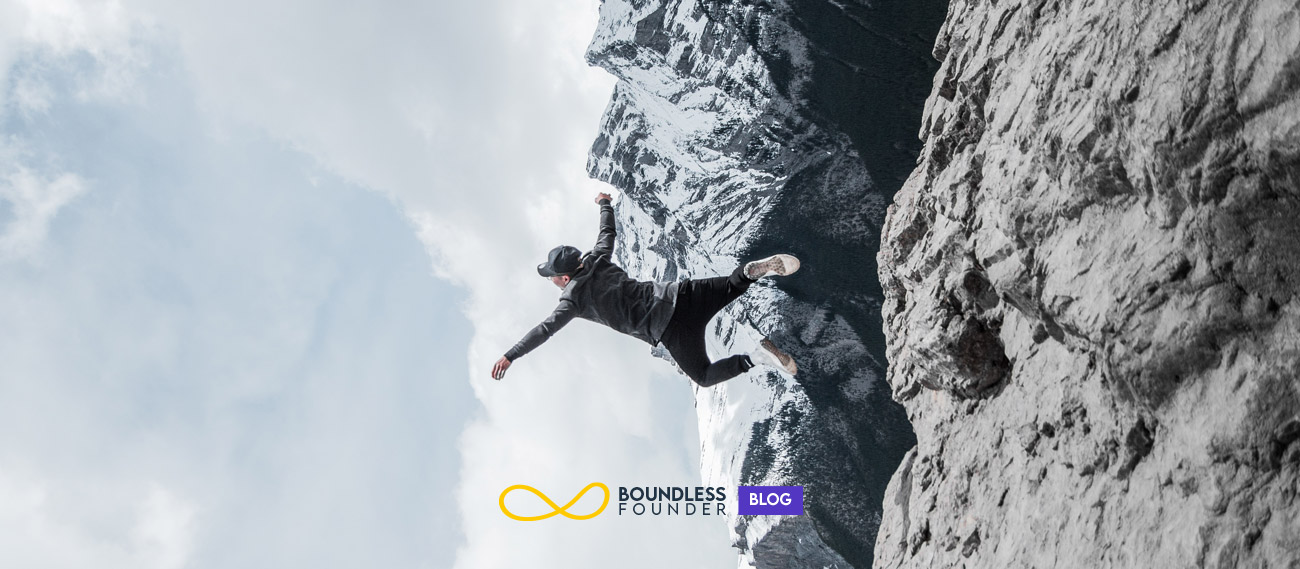It was 2:00 a.m., and I stared at our AWS bill in disbelief. $65,000 had gone in just twenty days. Ironically, my startup, which focused on helping companies save on cloud costs, had burned through all our infrastructure credits in less than three weeks. The irony wasn’t lost on me, but I couldn’t appreciate it through my panic.
For three weeks after that revelation, I was paralyzed. Completely frozen. Unable to make decisions or move forward. I replayed the same thoughts and emotions, spiraling deeper into inaction. My co-founder and I cut our already meager salaries in half, but it wasn’t enough. We faced an existential threat with only $75,000 left in our bank account.
What saved us wasn’t better technology or more funding. It was a profound shift in mindset.
The Entrepreneur's Greatest Asset Isn't Financial
Most founders obsess over runway, burn rate, and user acquisition—all critical metrics. But they often overlook the most crucial asset in their arsenal: their mindset.
Your mindset—how you perceive challenges, process setbacks, and approach opportunities—acts as the operating system for your entrepreneurial journey. When it malfunctions, everything built on top of it crashes, too. When it’s running optimally, it can help you navigate even the most daunting obstacles.
In my years of building startups and working with other founders, I’ve identified six non-negotiable essential mindsets for entrepreneurial success. These aren’t personality traits you’re born with; they’re mental frameworks you can consciously develop and strengthen.

The 6 Essential Entrepreneurial Mindsets
Growth Mindset: Learning Through Challenge
- View failures as data points, not definitive judgments
- Seek feedback actively, even when it’s uncomfortable
- Regularly step outside your comfort zone with new challenges
Track your progress to see how far you’ve come
Positive Mindset: Maintaining Optimism in Reality
- Start each day by identifying three positive possibilities
- Practice reframing challenges as opportunities
- Surround yourself with constructively optimistic people
- Create a “wins journal” to document successes, no matter how small
Entrepreneurial Mindset: Seeing Problems as Opportunities
- Practice identifying problems in everyday experiences
- Ask “What if?” questions that challenge the status quo
Develop the habit of proposing solutions, not just complaints
- Regularly brainstorm improvements to existing products and services
Abundance Mindset: Seeing Beyond Scarcity
- Practice daily gratitude for what you already have
- Look for win-win opportunities in business relationships
Share knowledge and resources generously
- Focus on creating value rather than just capturing it
Challenge Mindset: Embracing Difficulty
- Set stretch goals that push you beyond your comfort zone
- Deliberately seek feedback from critics and skeptics
- Take on projects that require new skills
Reflect on past challenges and how they’ve contributed to your growth
Mindful Mindset: Present-Focused Awareness
- Practice regular meditation, even if just for 5-10 minutes daily
Reflect on past challenges and how they’ve contributed to your growth
- Implement “technology breaks” where you fully disconnect
- Use the “5 senses check-in” during stressful moments
Develop a pre-decision ritual that ensures full presence
The Dynamic Nature of Mindsets
How I Applied These Mindsets to Save Our Startup
Assessing Your Entrepreneurial Mindset
- Growth Mindset
- Do you see challenges as opportunities to learn?
- How do you respond to feedback, even when critical?
- Can your entrepreneurial abilities be developed?
- Can you maintain optimism while acknowledging reality?
- Do you automatically look for solutions when problems arise?
- How quickly do you recover from setbacks?
- Entrepreneurial Mindset
- Do you naturally spot problems that need solving?
- How often do you question the status quo?
- Are you proactive in creating solutions?
- Abundance Mindset
- Do you believe there are enough opportunities for everyone?
- Are you generous with knowledge and resources?
- Do you focus more on creating value or capturing it?
- Challenge Mindset
- Do you actively seek situations that test your limits?
- How do you feel when facing difficult circumstances?
- Do you avoid challenges or lean into them?
- Mindful Mindset
- Are you fully present in important moments?
- Can you recognize when you’re on autopilot?
- Do you make decisions with intention and awareness?
The Path Forward: Developing Your Entrepreneurial Mindset
The beauty of these mindsets is that they can be systematically developed and strengthened over time. Here are three specific practices you can implement immediately:
Daily Mindset Reflection
Take five minutes each morning to identify which mindset you most need to embody that day based on the challenges ahead. Then, set specific intentions for expressing that mindset in your actions.
Mindset Reset Trigger
Establish a physical cue (like touching your wrist or taking three deep breaths) that you’ll use whenever you notice yourself slipping into a counterproductive mindset. This simple pattern interruption can help you pivot to a more empowering perspective.
Weekly Mindset Review
At the end of each week, reflect on situations where your mindset either served you well or limited your effectiveness. Identify patterns and set specific growth goals for the coming week.

Remember, your mindset isn’t just a personal matter—it profoundly impacts your team, business decisions, and your startup’s success. By consciously cultivating these six essential mindsets, you’re not just developing yourself; you’re laying the foundation for sustainable entrepreneurial achievement.
The entrepreneurial journey is fraught with challenges, uncertainties, and unexpected crises. What will determine your success isn’t the absence of these obstacles but your mental framework for navigating them. In my experience, these six mindsets make the difference between founders who break under pressure and those who break through to new levels of success.
Develop Your Entrepreneurial Mindset with The Inside-Out Entrepreneur
Ready to transform your entrepreneurial journey by mastering these six essential mindsets? My book, The Inside-Out Entrepreneur: Become the Entrepreneur You Were Meant to Be, explores these mindsets in depth, providing practical exercises, real-world stories, and frameworks you can implement immediately.
Unlike most business books focusing only on strategies and tactics, The Inside-Out Entrepreneur addresses the foundation of sustainable success: your mental, emotional, and spiritual conditioning. Learn how to break free from destructive thought patterns, build unshakeable resilience, and maintain clarity even in your startup’s darkest moments.
Click here to purchase The Inside-Out Entrepreneur and begin building the mental foundation for lasting entrepreneurial success. Your mindset isn’t just a personal matter—it’s your most valuable business asset.
What mindset shift has made the most significant difference in your entrepreneurial journey? Share your experience in the comments below.











Responses